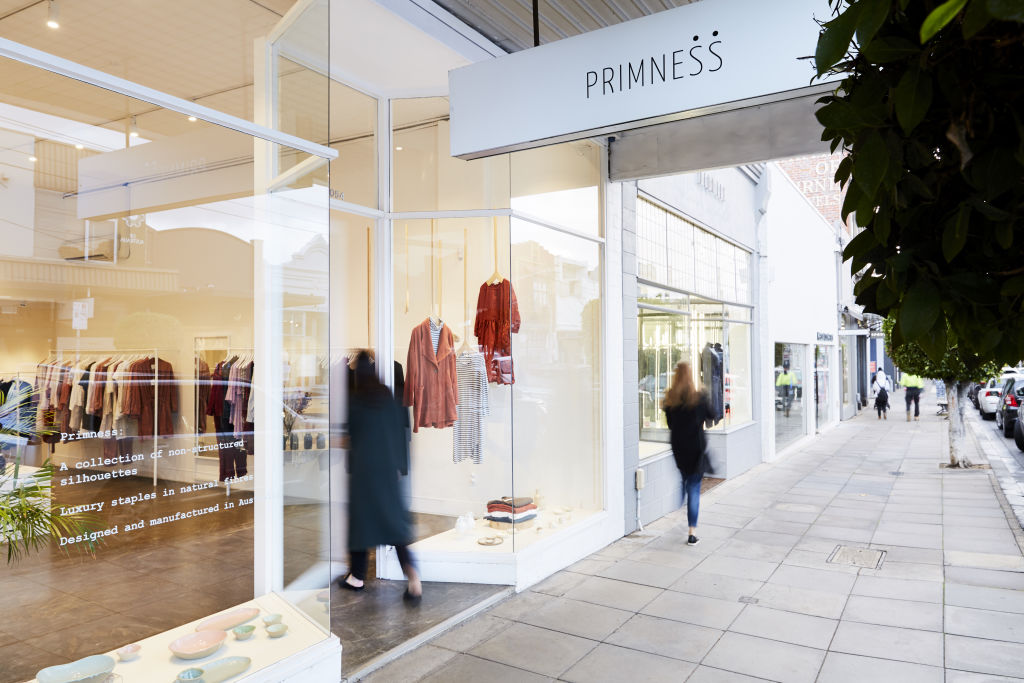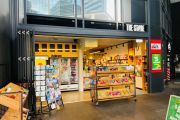
Balanced tenancy and community connection key to thriving retail strips
From the upmarket boutique stores of High Street, Armadale, to the grungy vintage shops of Brunswick Street, Fitzroy, shopping strips across Melbourne offer something for everyone, and are now undergoing a renaissance.
Recent data from Fitzroys’ Walk the Strip Report 2025 shows that,
“The post-COVID years have seen fundamental shifts in Melburnians’ lifestyles, which are supporting trade along the city’s shopping strips,” says Fitzroys division director, agency, James Lockwood. “Working from home has meant we are spending more time than ever in our shopping strips, which is offsetting the impact of cost-of-living challenges.
“Our shopping strips remain our favourite places to connect with the community. Melbourne gravitates towards its strips.”
However, it’s not all positive growth. While some strips are thriving, others are in decline. Bridge Road, which was once a bustling thoroughfare, continues to struggle with elevated vacancies in its Punt Road–Lennox Street section, having only eased from 25 to 18.7 per cent over the past term.
So what makes a shopping strip in Melbourne successful?
Balanced tenancy key to success
A thriving shopping strip generally has a complementary mix of specialty retail, food and beverage, and service offerings, according to the report. Centre Road in Bentleigh stands out as one of Melbourne’s top performers, recording a vacancy rate of 1.0% (down from 2.6% last year).
In 2025, food and beverage was steady at 30.9%, service retail reduced from 28.1% to 27.0% and specialty retail decreased slightly to 33.4%
“Strips with an evenly balanced tenancy mix, with at least one major supermarket, combined with commercial or residential development activity, and solid transport accessibility are performing strongly,” Lockwood says.
A second key ingredient is population density and local catchment strength. Melbourne’s population grew by about 3.3 per cent year-on-year, adding roughly 167,500 people to the city, which supports increased foot traffic and local spending.
Many newer residential developments have been built directly above or adjacent to shopping strips, providing retail and hospitality operators with prime visibility.
Landlord flexibility and a willingness to meet evolving market expectations have also been critical. During recent years, landlords have been more responsive to tenants’ needs in negotiating leases.
Do shoppers still enjoy boutique shopping?
While online retail continues to dominate purchases, shoppers still crave the experience of boutique retail where they can try on clothing, browse, interact with staff, and make it into a social activity with friends.
People want to have the ‘feel good’ factor when they shop, Lockwood says.
“People still want to be able to treat themselves … by popping down to their local village,” he says.
While specialty retail decreased slightly to 33.4 per cent, it still accounts for the highest proportion of Melbourne’s strips by sector.
Boutique offerings have become a point of differentiation in many high-performing strips like High Street, Armadale, and Church Street, Brighton. In High Street, for example, rents of up to $2000 a square metre attest to the willingness of retailers to pay for premium exposure in a vibrant strip.
Post-pandemic shifts in lifestyle have nudged shoppers toward local, authentic, community-oriented retail. The boutique experience offers something that large-scale online or big-box retail can’t replicate.
What the future holds for Melbourne’s shopping strips
Looking ahead, Melbourne’s strips are not immune to challenges like inflation, rising interest rates and shifting consumer spending, but several dynamics suggest a resilient and evolving future.
One major driver will be population growth around shopping strips. As more people move in, the day-to-day catchment strengthens, reducing reliance on destination shopping. Walk the Strip notes that the share of development sites on strips has dropped (because many projects have been completed), but more pipeline activity remains an underpinning of future trade.
Investors are also watching closely. Prime strip assets with strong lease profiles are being seen as reliable return-on-investment opportunities, particularly as interest rate environments stabilise.
“We’ll continue to see investors put their faith in high-quality income-producing bricks-and-mortar assets,” says Mark Talbot, director agency at Fitzroys.
Looking at tenant mix, there may be more experiential, health, wellness and hybrid uses as consumers demand new ways to spend their time, not just shop. Service uses, particularly salons, boutique fitness, wellness studios and allied health, are already playing larger roles.
Strips that fail to invest in tenant balance may struggle. Some precincts, such as Chapel Street, have faced challenges in their post-pandemic recovery, though many are still recovering their vacancy rates and reimagining their mix.










